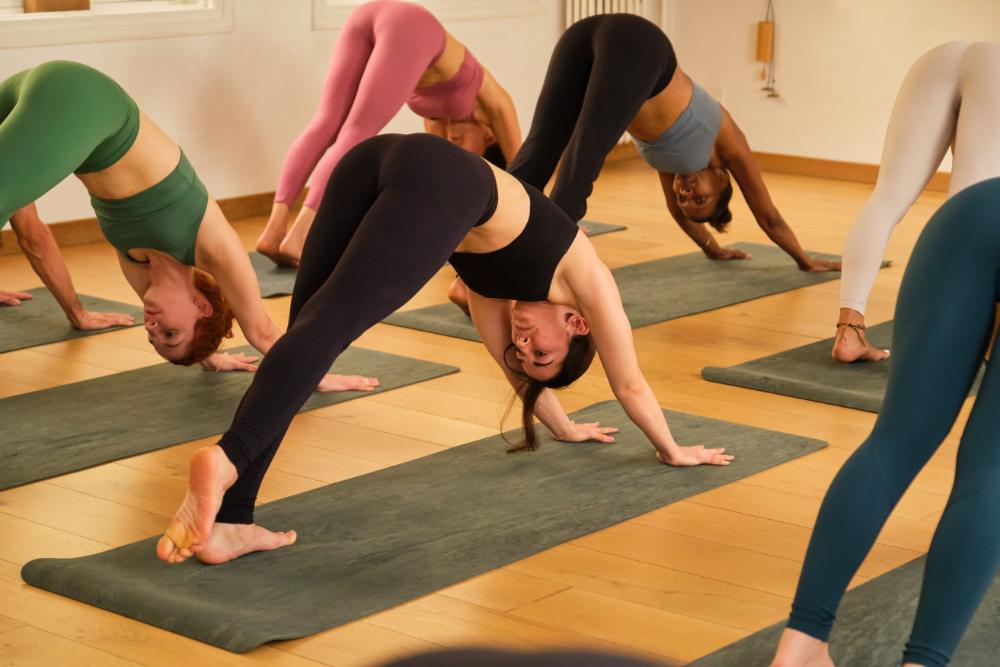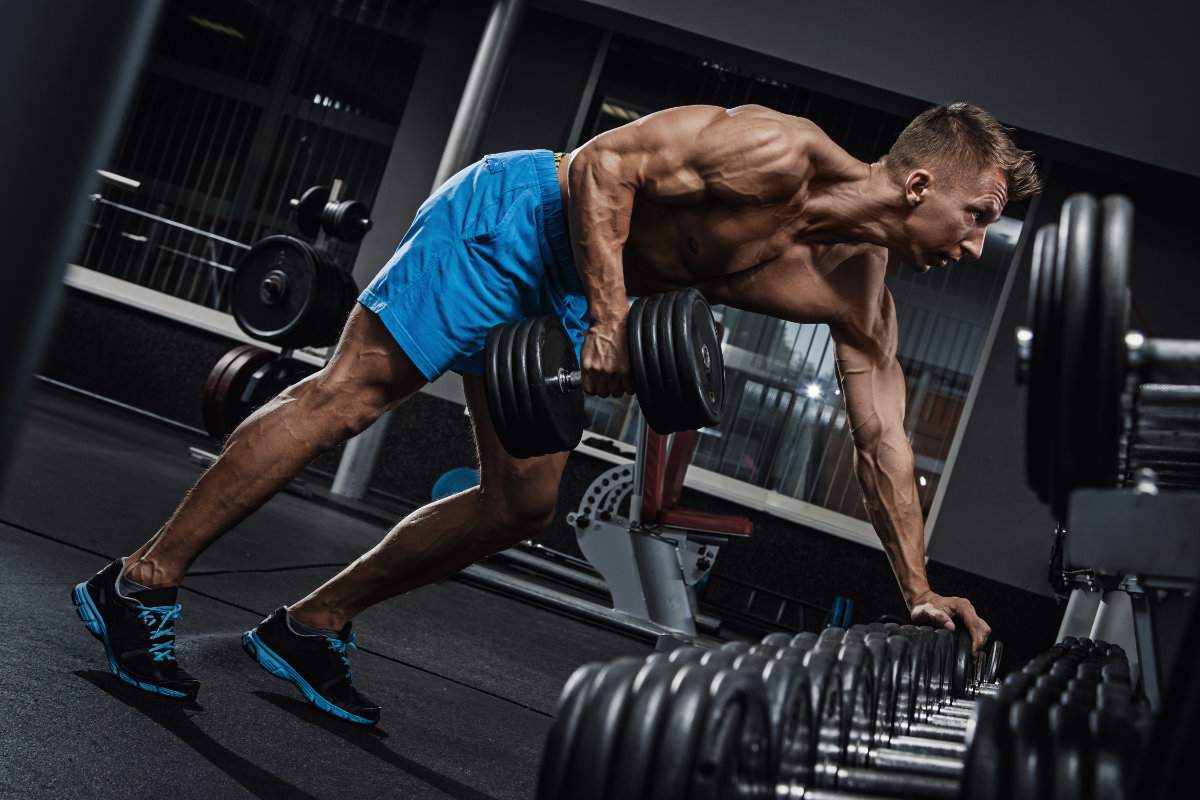If you or your clients are experiencing anxiety, practicing yoga can help to manage the symptoms of this common mental health condition, writes YogaFit founder Beth Shaw.
Anxiety is the most common mental health condition in Australia. According to Beyond Blue, on average, one in four people – one in three women and one in five men – will experience anxiety at some stage in their life. Each year, over two million Australians experience anxiety.
Among other debilitating side effects, anxiety keeps individuals from being in the present moment and makes them fearful about the future. Other common symptoms of anxiety include:
- Excessive worry
- Restlessness
- Being easily fatigued
- Trouble concentrating
- Irritability
- Sleep disturbance
- Muscle tension.
The good news is that there are a number of behaviours that can be employed to manage anxiety, and yoga actually encompasses several of these – from slower breathing to self-kindness – in one practice. Yoga helps keep people grounded in the now. If you, or your clients, are feeling tense, worried, down or restless, or have trouble concentrating, then you can benefit from starting and maintaining a yoga practice. After all, yoga is a 6,000-year-old practice of body-mind health.
Yoga poses (asanas) help release tension and stress from the body by regulating hormones and increasing endorphins. While a general yoga practice can help ease anxiety symptoms, you can also pick specific poses that address the challenge. If experiencing anxiety, however, it is advised to consult your doctor or a mental health professional.
5 yoga poses for anxiety
People with anxiety tend to be more keyed up, as they struggle to manage their racing thoughts. After 20 minutes of warm up poses (like sun salutation variations), anxiety is eased with cooling, meditative poses, such as the following asanas.
1. Seated forward fold (Paschimottanasana)
THE MOVEMENT: From a seated position, extend your legs. Pull your toes back toward your body. Reach forward, placing your hands on your legs, ankles or feet. Using your abs, draw forward through the top of your head.
Firm your quads, relax your shoulders back and down, and enjoy the stretch. If you have tight hamstrings, you can sit on a folded blanket or a rolled-up yoga mat, use a strap or towel around your feet, or bend your knees.
2. Cat/Cow pose (Marjaryasana/Bitilasana)
These two poses are excellent energy builders, as they move energy stuck in the lower back and midsection. Flow this pose with the breath to warm up the torso and spine. Benefits include strengthening of abdominal, upper back, lower back and chest muscles.
THE MOVEMENT: From hands and knees, assume the Cat pose: create a C shape with your spine, bringing the heart centre toward the tailbone and rounding your middle back toward the sky. Moving into Cow, create a C shape with your spine, but in the other direction. Now, pull the heart centre away from the tailbone, and lift the crown of your head to the sky. Stack the shoulders over your wrists, and hips over your knees. Continue moving through the poses for five deep breaths in each direction.
3. Knees to chest pose (Apanasana)
THE MOVEMENT: Lie back on your mat and gently draw both knees into your chest, pressing hands under the knees lightly to deepen your stretch. Rock slowly from one side of the back to the other, massaging the organs and spine for 10 long, deep breaths.
4. Bridge pose (Setu Bandha Sarvangasana)
THE MOVEMENT: Lie down on your back, palms down. Slide your shoulders away from your ears. Bring the soles of your feet to the floor, hip-width apart. Press through your feet to lift your hips. Keep your head still to protect your neck. Breathe deeply into your open chest and navel centre.
To modify, turn the palms up for more chest opening and core focus. You can take it to the next level by interlacing your fingers under your body. Walk the shoulders toward each other so that your body is resting on the outside edges of your shoulders. Look toward your chest or the sky, focusing on your breath.
5. Shoulderstand (Sarvangasana)
THE MOVEMENT: From the knees to chest position (pose 3 above), support your low back with both hands, then engage the belly to draw legs up and overhead. Keep your abs, back and hips engaged as you fully extend both legs toward the sky, keeping feet flexed and leg muscles firm.
Keep your neck stationary at all times and hold for 10 breaths. Release slowly by bringing your legs overhead and rolling down one vertebra at a time. Return to knees to chest position to stabilise the back muscles, regulate your breath and realign the spine.
Beth Shaw
Beth is CEO and founder of YogaFit Training Systems Worldwide Inc, which has trained more than 200,000 fitness professionals across six continents.


